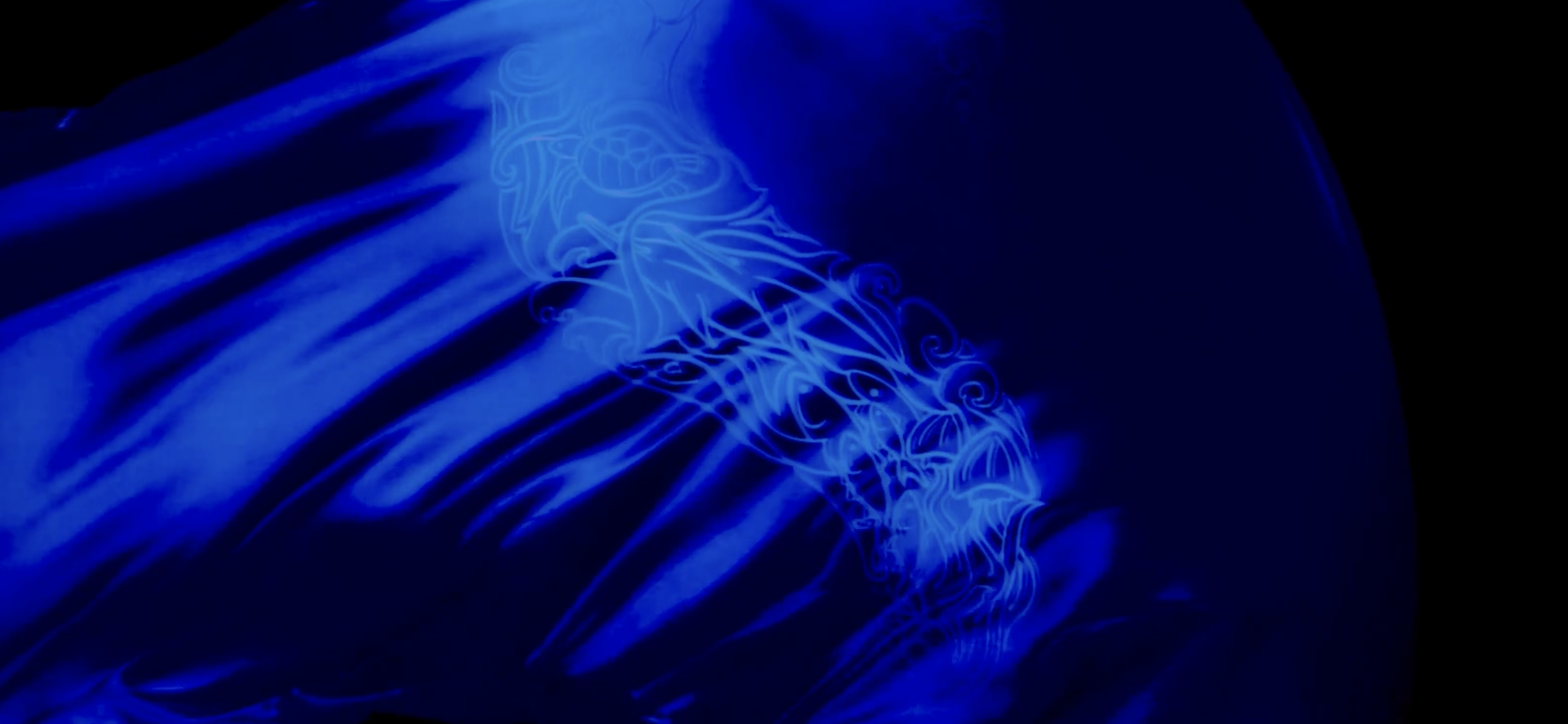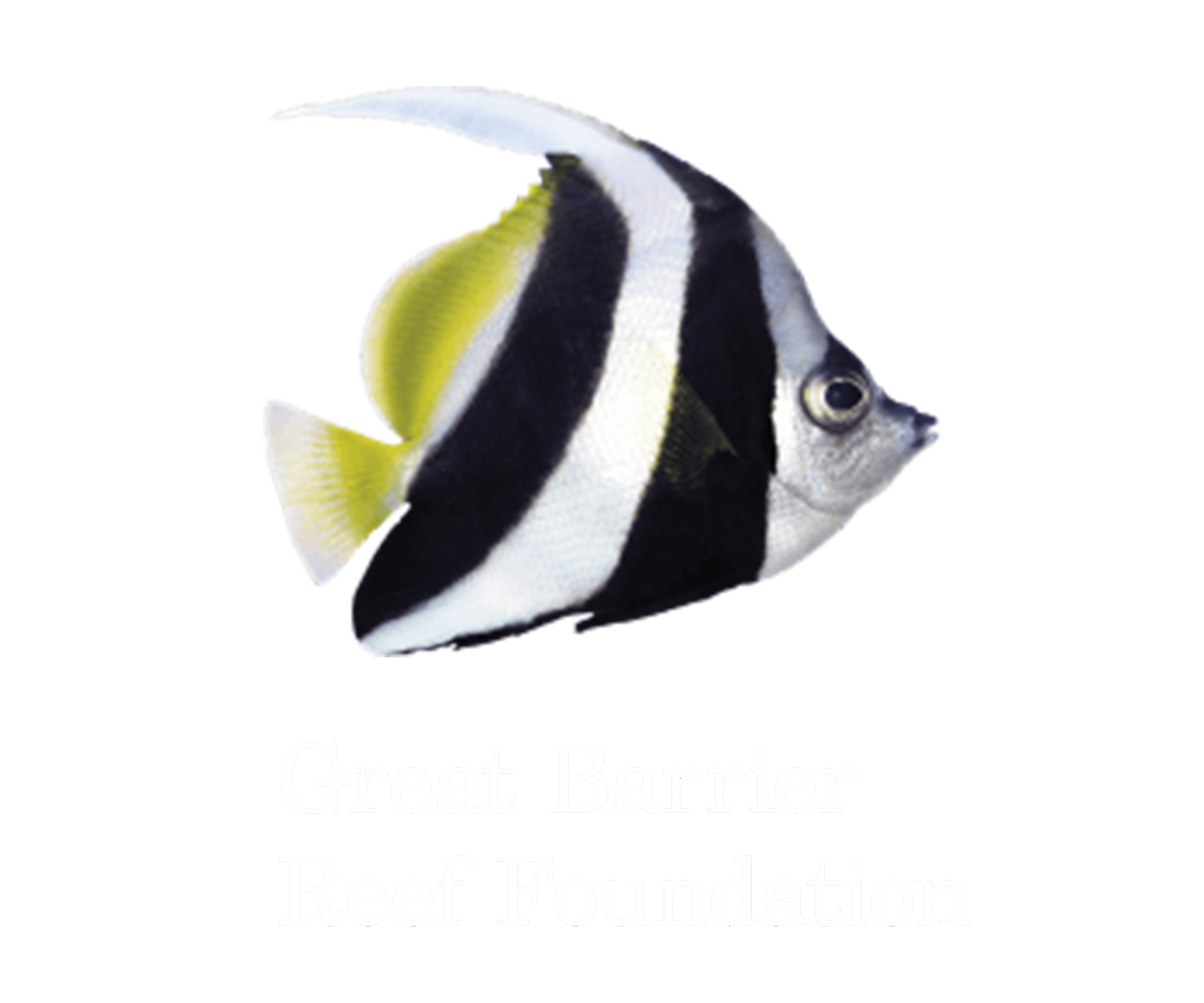
Supported Organisations & Projects in 2025
The Great Barrier Reef Foundation was formed two decades ago in response to the first mass coral bleaching event, which killed one in 12 of the world’s corals.
The 2025 Sapphire Project will support two key programs under the Great Barrier Reef Foundation: SeaGrow and the Junior Indigenous Rangers.
SeaGrow (in partnership with Central Queensland University & Gidarjil Development Corporation)
Seagrasses are vital for ocean health, providing nurseries for fish, food for sea turtles and dugongs, shoreline stabilisation, and carbon sequestration. However, they are highly vulnerable to environmental and human-induced disruptions.
SeaGrow aims to scale seagrass restoration across the Great Barrier Reef by:
Establishing locally led restoration models with Traditional Owners, communities, and tourism operators at three sites.
Leveraging CQUniversity’s expertise in seed-based seagrass restoration to enable large-scale efforts.
Spanning the Great Barrier Reef, Junior Indigenous Ranger programs empower regional youth, creating social, economic, and environmental benefits. However, limited funding and coordination hinder expansion.
This initiative will help design a scalable pathway to expand the Junior Ranger Program statewide and nationally, supporting both seacountry and terrestrial environments.
The Great Southern Reef Foundation
The Great Southern Reef Foundation (GSRF) is building national recognition and protection for one of the most important yet overlooked marine ecosystems on the planet - the Great Southern Reef, an 8,000-km interconnected network of kelp forests stretching from northern NSW to Kalbarri, WA. These underwater forests are critical to biodiversity, coastal economies, and climate resilience.
With support from the Sapphire Project in 2025, GSRF will scale its White Rock impact campaign - a bold, solutions-focused initiative using documentary storytelling to ignite public awareness and catalyse community-led action. Funds will directly support the rollout of a national community screenings program and development of educational resources, including a digital toolkit to empower local champions to host events that inspire connection, conversation, and advocacy.
Campaign impact will be evaluated in partnership with BehaviourWorks, tracking shifts in awareness and behaviour and informing national advocacy, particularly efforts to influence marine policy that accelerate large-scale restoration. Through compelling storytelling, grassroots activation, and strategic advocacy, GSRF is embedding the Reef into the cultural fabric of Australia and building a powerful movement to secure its future.
Sea Forest Foundation
The Sea Forest Foundation, founded by environmentalist Sam Elsom in Tasmania in 2021, was set up to advance research, education and action regarding seaweed, marine reforestation and marine biodiversity, in the context of rapidly escalating issues for the marine environment arising from climate change.
The foundation supports a team of marine scientists restoring vital underwater ecosystems through cutting-edge kelp forest restoration. Working with a leading community of scientists from the Institute of Marine and Antarctic Studies and grassroots partners like Eaglehawk Dive Centre, the Foundation has already planted over 3 million temperature-resilient giant kelp propagules in Tasmania’s coastal waters.
Funds from the Sapphire Project in 2025 will continue to expand the foundation’s efforts in:
Establishing a giant kelp seedbank to safeguard genetic diversity and scale restoration efforts across temperate marine environments. The foundation’s work plays a critical role in ensuring the reestablishment of temperate marine ecosystems and a thriving ocean for future generations.
Supporting their “Sea Trees” program, which will cultivate seed and reforest the planet’s fastest growing plant, Macrocystis, an endangered native kelp and in doing so redevelop previously wiped out marine habitats necessary for life to thrive.
Surfers for Climate
Years ago, the successful Fight for the Bight campaign mobilised surf communities to stop oil drilling in the Great Australian Bight. This movement played a key role in the founding of Surfers for Climate.
Today, there’s a unique opportunity to protect the Bight permanently by securing UNESCO World Heritage status.
With the support of the Sapphire Project in 2025, Surfers for Climate will be able to continue it’s three-tiered campaign:
Relaunching the Great Australian Bight Alliance to drive community support.
Engaging surf communities through initiatives like The Trade Up, Carpark Cinema, Blue Minds, Salty Brains Trivia, and Water Women Campouts.
Creating a feature documentary film to highlight the Bight’s significance and rally mass support.
By amplifying the voices of surfers, Mirning elders, and environmentalists, this movement transforms personal connection into collective action for lasting protection.
Seadragon Conservation
A conservation partnership between the University of Technology Sydney, SEA LIFE Sydney Aquarium, and Jordan Askill Labs.
Weedy seadragons, one of the most iconic marine fish species, are the official marine emblem of Victoria and a favorite of David Attenborough. Native to Australia’s Great Southern Reef, they face numerous threats, yet little is known about their life history. Their populations are fragmented due to limited swimming range, specific habitat requirements, and restricted dispersal.
The Sapphire Project will support research to:
Increase public awareness of weedy seadragons and their habitats.
Share accessible information to inspire conservation efforts.
Establish comprehensive demographic datasets and apply field observations.
Launch public engagement campaigns to address threats from habitat loss, human impact, and climate change.
By deepening understanding and advocacy, we strive to protect and preserve these unique creatures for future generations.
All ocean organisations are registered charities and are endorsed as Deductible Gift Recipients (DGR1) by the Australian Taxation Office





